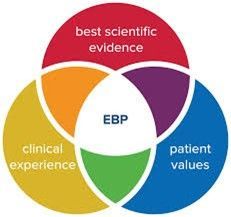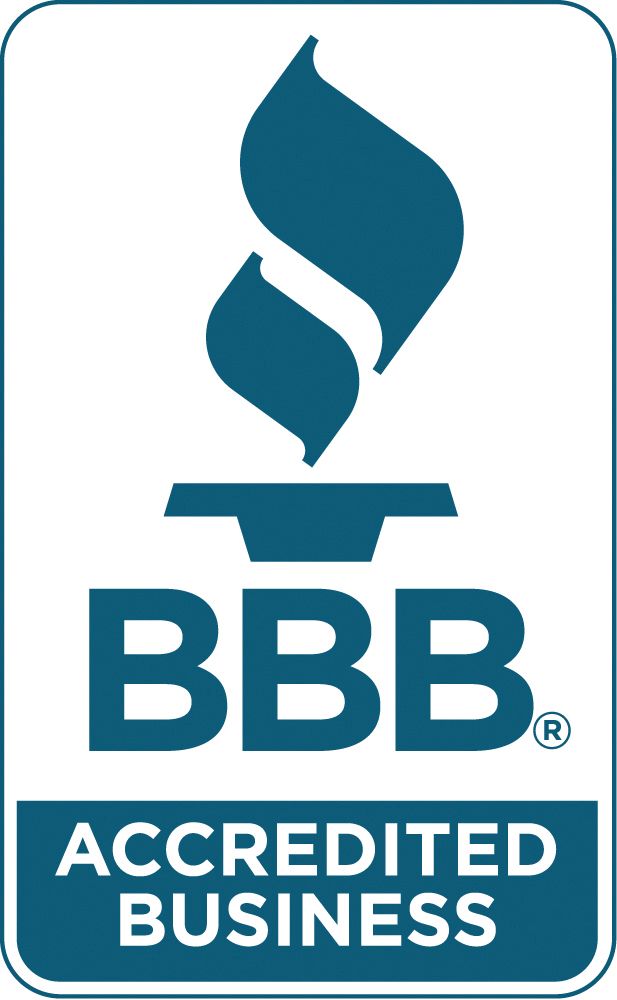Medicaid Cuts Are Coming. Prepare Your Organization
Your organization should adopt two primary strategies as viable alternatives.

Medicaid insurance currently serves approximately 79 million beneficiaries in the United States and is facing increased scrutiny from the White House. As the current administration contemplates reductions to the federal budget, all federal departments are undergoing a thorough evaluation of their staffing and program expenditures. Consequently, Medicaid cuts are anticipated, although these reductions' precise nature and extent remain undetermined.
Several strategies exist for implementing these cuts. According to the Kaiser Family Foundation (KFF), these strategies primarily focus on the Affordable Care Act's expansion of Medicaid coverage. One potential approach involves states increasing the federal costs associated with these expansions, which would result in reduced federal funding. Alternatively, states could discontinue the expansion, decreasing overall expenses.
The implications of these proposed cuts will differ by state. Some states, such as California, are likely to pursue methods that allow them to maintain matching contributions for beneficiaries, whereas others may consider substantial reductions to benefits. Additionally, some states may adjust eligibility criteria for recipients, with decisions swayed by political and financial factors.
Stakeholders engaged with this population recognize that diminished insurance coverage may lead to lower insurance costs. However, individuals losing their coverage do not cease to face mental health challenges, nor do they automatically terminate substance use. Such issues will likely re-emerge through increased emergency room visits, higher rates of incarceration, elevated psychiatric hospitalizations, homelessness, and even mortality. Evidence and studies substantiate the advantages of health coverage in mitigating societal costs.
Your organization should adopt two primary strategies as viable alternatives. Firstly, endeavor to advocate comprehensively within your state against the proposed cuts. Use relevant statistics, reports, and evidential data to illustrate the cost-benefit relationship of engaging Medicaid recipients with legislators. Collaborate with local and national healthcare lobbying organizations such as NAMI to emphasize that these cuts would increase overall costs. It is important to note that some states may contemplate specific reductions to present legislators with projected tax savings, which resonates positively with their constituents. However, the disparity between 10% and 50% cuts can be significant. Legislators tend to prioritize numerical data over anecdotal evidence; thus, providing comprehensive information may enhance their willingness to negotiate specific reductions while safeguarding others.
Secondly, it is prudent to prepare for new business initiatives. For the foreseeable future, Medicaid may not serve as a sustainable payer as it has in the past, and organizations must be ready to address the potential loss of a critical revenue stream. The time to explore new program opportunities is now. Grants may still be attainable, particularly for privately-operated programs. Notably, many social service organizations originated as charities dependent on private donations, a trend that may reemerge. Furthermore, non-governmental insurance plans might explore innovative approaches within the marketplace.
Medicaid faces potential cuts. However, similar to previous events like the Great Recession and the COVID pandemic, organizations should see these times as opportunities instead of challenges.




